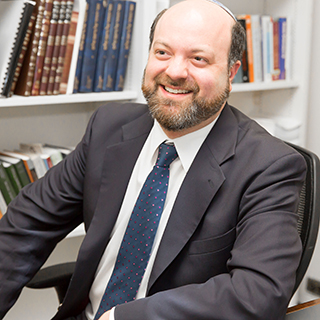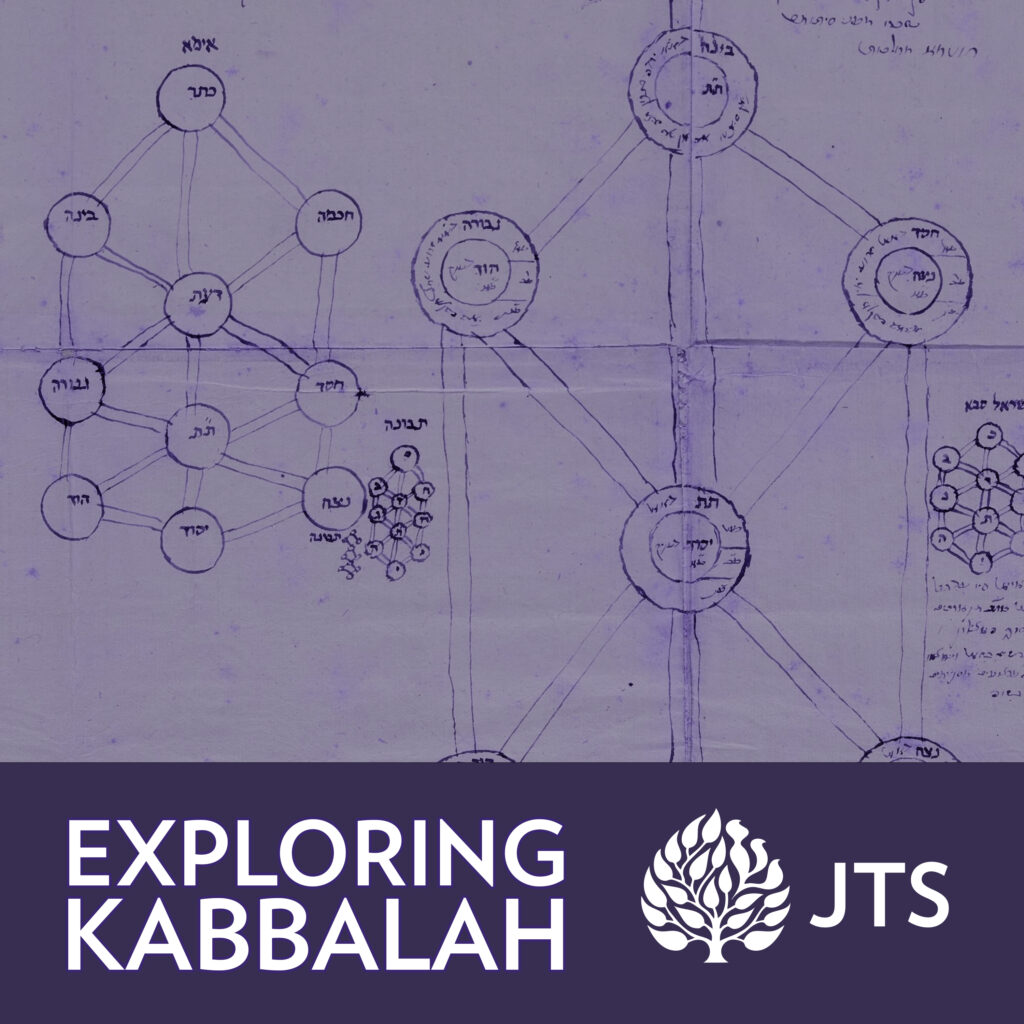Exploring Kabbalah


When you picture a mystical experience, do you see a lone figure alone meditating with the Divine? Inducted into some fringe, solitary pursuit? While this process was often part of elite circles, Jewish mysticism was never outside the mainstream and always required communities of learning. This series explores the development of Jewish mysticism across different time periods and places, getting to know the circles of people driving creative processes. Through seven episodes, Dr. Eitan Fishbane explores the ways in which Jewish mystical practice evolved and how these practices are part of the broader Jewish understanding of God, spirituality, and connection.
Credits:
Hosted by: Dr. Eitan Fishbane
Produced by Ellie Gettinger
Edited by Sarah Brown
Cover art: Lee Willet
Theme music: “Yah Notein Binah” from Seeds of Song
Episodes
1. In the Beginning
This episode introduces the central themes of Jewish mysticism which will be developed throughout this series. The themes are spiritual awareness and consciousness, monism (God is the oneness of ALL being) or pantheism (God is the oneness in all reality), cultivation of contemplative experiences, the principle of Ineffability (what lies beyond the ability of ordinary language and knowing), and theurgy (human actions can impact divine realms). While there are many biblical texts that contain mystical elements, Dr. Fishbane focuses on the experiences described in Ezekiel 1 and Isaiah 6, which provide foundational elements for Jewish mysticism. (Transcript and Show Notes)
2. Rabbinic Mysticism
After the destruction of the Temple, the rabbis built on Biblical mystical practice. Through both Talmudic and Midrashic creativity, the rabbis of this period expanded and developed new models of mysticism. They also created boundaries for this practice, establishing the ein dorshin (one must not expound on) in Mishnah Hagigah 2:1, limiting the content around work of Creation and the work of the Chariot to those who are wise who understand their own mind. After expanding on these elements, Dr. Fishbane engages the story of the Pardes, the four scholars who enter the orchard and what happens after a revelatory experience. (Transcript and Show Notes)
3. The Origins of Kabbalah in Medieval Europe
Moving from the Middle East to Germany, Spain, and France, this episode explores the practices and intellectual exercises of these communities. It is during this era that the practice of Kabbalah (literally received tradition) begins to take shape in Provence. One of the primary focuses is the development of the Sefirot, the ten radiant dimensions of the inner Divine Self. (Transcript and Show Notes)
4. The Zohar
Dr. Fishbane describes the Zohar as most significant pillars of thought and creativity in the entire history of Jewish civilization. This episode explores its development in 13th and 14th Century Spain and the circles dedicated to its creation and circulation. We explore questions around its language and authorship and how the mystical midrashim or stories of the Zohar redefine conceptions of the Divine self. (Transcript and Show Notes)
5. Meditative Kabbalah
Kabbalah is not limited to the sefirot and the mystical knowledge of the Divine inner self. In this episode, we examine two other focuses of Kabbalah—Prophetic Kabbalah and the Kabbalah of Names. The Kabbalah of Names derives from a form in which different combinations of divine names can be employed to achieve an altered state of consciousness. This consciousness could be employed to find a prophetic mindset. (Transcript and Show Notes)
6. The Kabbalah of Tzefat
After the Expulsion from Spain, a mystical revival flourished in Tzefat, building on the fellowship circles that defined groups like the Spanish Kabbalists of previous generations. These communities, which were built on the cultivation of spiritual friendships and master-disciple relationships, developed kabbalistic theology, poetry, ethics, autobiography, halakhah, and more. Elements from this period and place have become well known in contemporary Jewish practice, from the blessings of Kabbalat Shabbat to the notion of reclaiming the divine emanations that shattered with the creation of the world. (Transcript and Show Notes)
7. Hasidism
The series ends in 18th Century Eastern Europe, with the rise of Hasidism. Dr. Fishbane contends that Hasidism is a form of modern Kabbalah that is focused on spiritual psychology and the devotional connection between humans and God. The kabbalah of Hasidism made mysticism more accessible to a broader audience with an explicit focus on the inner spiritual life of an individual. (Transcript and Show Notes)



